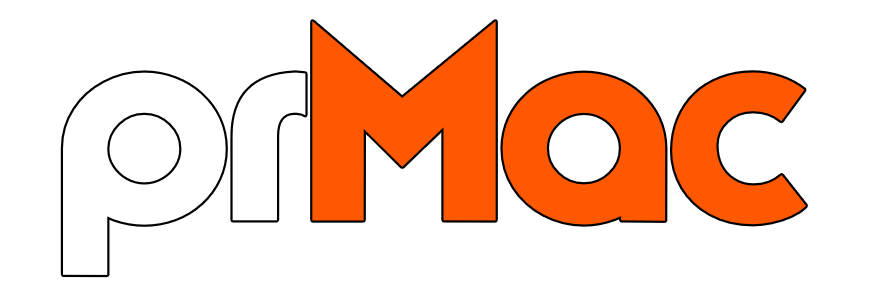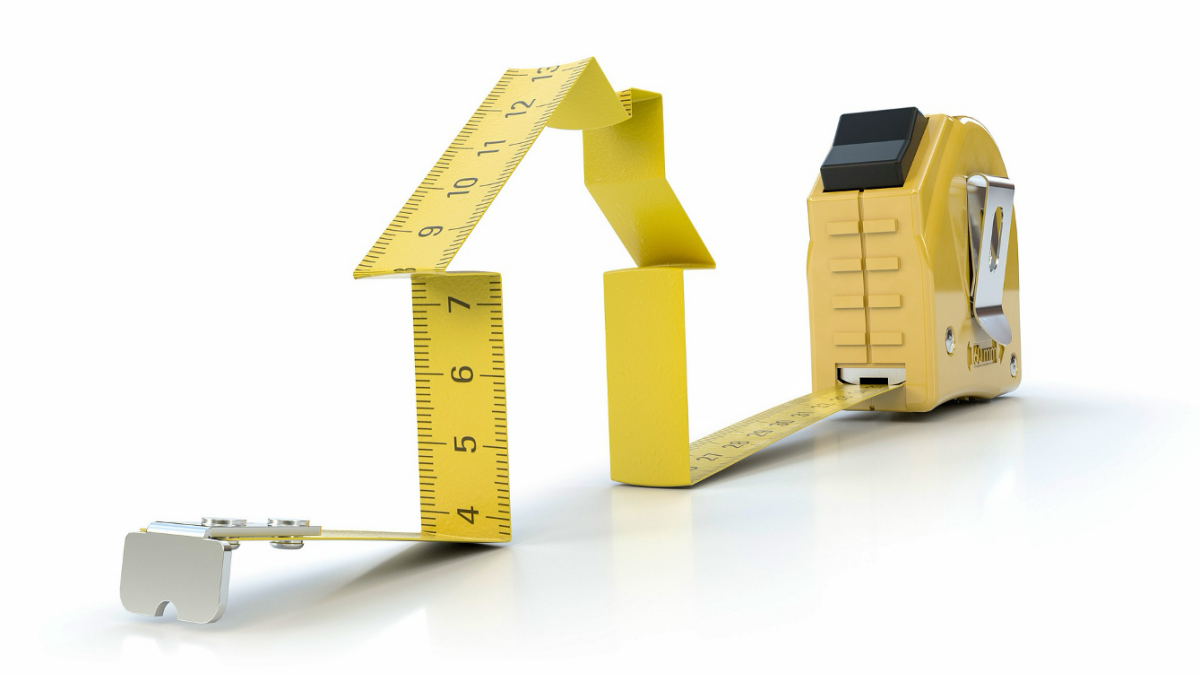With the bustling lifestyle in Singapore, home repairs can often be a daunting task. This guide presents you with effective and efficient solutions for common household issues, ensuring you can maintain your home without unnecessary stress or lengthy delays. Whether it’s a leaky faucet or a squeaky door, you’ll find practical tips and tricks to address these repairs quickly, allowing you to enjoy your home to the fullest. Let’s investigate the quick fixes that can make a significant difference in your living space!
Common Home Repairs
To tackle common home repairs effectively, it’s necessary to identify the issues that frequently arise in Singaporean homes. From leaky faucets to cracked walls, understanding these problems can save you time and money by allowing you to address them promptly. Regular maintenance and knowing how to fix these issues can extend the life of your home and enhance your living environment.
Fixing Leaky Faucets
Repairs to leaky faucets often involve replacing washers or O-rings. Start by turning off the water supply, then disassemble the faucet to access the components. Inspect the rubber parts for wear and tear, replacing them as needed, before reassembling and turning the water back on to test for leaks.
Repairing Cracked Walls
For cracked walls, use a patching compound or spackling paste to fill in the gaps. Begin by cleaning the area around the crack and using a putty knife to apply the compound. After it dries, sand it down for a smooth finish, and consider repainting to match the surrounding wall.
In addition, it’s important to investigate the cause of the cracks. While superficial cracks can often be fixed with patching compounds, persistent cracks may indicate underlying structural issues, such as settling foundations or moisture problems. If you notice significant damage or prolonged cracking, consulting a professional may be necessary to ensure the integrity of your walls and home overall.
Essential Tools for Home Repairs
Now that you’re ready to tackle home repairs, having the right tools on hand can make all the difference. Stocking your toolkit with vital tools simplifies the process, ensuring you are prepared for any minor fix or maintenance task that arises. From simple tasks like tightening screws to more involved projects, the right tools empower you to handle everything that comes your way.
Must-Have Tools
Along with a reliable toolbox, every homeowner should possess a set of must-have tools. A hammer, a set of screwdrivers (both flathead and Phillips), pliers, a tape measure, and an adjustable wrench should form the core of your toolkit. Additionally, including a utility knife and a level can aid in precision tasks. When these tools are at your disposal, you’ll find home repairs less daunting and more manageable.
Safety Equipment
Below, I’ll highlight the importance of investing in safety equipment. Prioritizing your safety is just as important as having the right tools. An effective home repair strategy includes personal protective equipment that safeguards you against potential hazards while you work.
Plus, a well-equipped safety kit should include items such as safety goggles, gloves, a dust mask, and hearing protection. These items protect you from injuries and irritants, allowing you to focus on your repair tasks with confidence. Always ensure you’re wearing the appropriate gear when using power tools or dealing with hazardous materials, as safety should never be overlooked in the midst of home improvement excitement.
Step-by-Step Repair Guides
Some home repairs may seem daunting, but with the right guidance, you can tackle them confidently. This section provides you with easy-to-follow repair guides that will equip you with practical solutions to common household issues.
Patching Drywall
| Step 1 | Clean the damaged area and remove loose debris. |
| Step 2 | Apply a patch or joint compound to the area. |
| Step 3 | Sand the surface until smooth and paint to match. |
Patching Drywall
Between nail holes, cracks, and larger gashes, patching drywall is a common repair. With a few basic supplies, you can restore your walls to their former glory, ensuring a polished look in your home.
Unclogging Drains
Above all, clogged drains are a nuisance that can disrupt your daily routine. Fortunately, learning how to unclog drains with simple tools and techniques can save you time and money.
Even a minor clog can escalate into a serious plumbing issue if not addressed promptly. Start by using a plunger or a drain snake to clear the blockage. If these methods fail, try a mixture of baking soda and vinegar to break down debris naturally. Regular maintenance, such as periodic flushing with hot water, can also help prevent future clogs in your drains.
Preventive Maintenance Tips
Not addressing simple maintenance tasks can lead to costly repairs later. To safeguard your home, consider implementing these preventive measures:
- Regularly inspect and clean your air conditioning filters.
- Check for leaks or signs of moisture around plumbing fixtures.
- Perform routine checks of your smoke detectors and carbon monoxide alarms.
- Keep gutters and downspouts clear of debris.
- Service your home’s electrical systems periodically.
Thou shall create a home that enjoys longevity with diligence.
Seasonal Checklists
Above all else, conducting seasonal checklists will help you manage home maintenance effectively. Prepare your home for each season by evaluating the condition of your roof, sealing any gaps in windows and doors, and ensuring your heating and cooling systems are ready for the upcoming weather. This way, your home remains comfortable year-round.
Routine Inspections
After each season transitions, prioritize routine inspections to uphold your home’s integrity. Check your foundation for cracks, inspect the siding for wear, and assess your roof for missing shingles.
Maintenance of your home should be proactive; routine inspections allow you to identify minor issues before they escalate. Regularly check areas like plumbing, appliances, roofing, and exterior surfaces. This practice not only helps in detecting wear and tear but also promotes a safer, more comfortable living environment for you and your family.
When to Call a Professional
Your home may sometimes present challenges that are beyond quick repairs. Knowing when to call in a professional can save you time and money. If you’re facing major electrical, plumbing, or structural issues, it’s best to seek expert help to ensure safety and compliance with local regulations. Additionally, if a repair requires specialized tools or knowledge, don’t hesitate to reach out to a professional for support.
Identifying Major Issues
Along with general wear and tear, certain signs indicate when a problem may be more serious. Look out for persistent leaks, electrical malfunctions, or any visible damage to your home’s structure. By properly identifying these major issues early on, you can avoid larger, more costly repairs down the line.
Finding Reliable Services
Services such as checking local reviews and asking for recommendations can help you find reliable professionals for your home repairs. Look for licensed contractors and assess their previous work to ensure they meet your expectations.
In addition to reviews and recommendations, consider obtaining multiple quotes for your repair work to gauge fair pricing. Engaging with local community forums can also provide insights into trusted service providers. Establishing a relationship with a reliable contractor not only helps with current repairs but can be invaluable for future maintenance needs.
Cost-Effective Solutions
All homeowners in Singapore can benefit from implementing cost-effective solutions for common repairs. By identifying minor issues early and applying simple fixes, you can save both time and money. Utilizing readily available materials and tools, along with online resources for guidance, enables you to address many repairs without calling in a professional. Embracing these affordable options not only enhances your home’s condition but also empowers you as a capable homeowner.
DIY vs. Professional Repairs
For many repairs, you may face the decision of tackling the task yourself or hiring a professional. DIY projects can save you a significant amount of money, especially for minor repairs such as patching up walls or unclogging drains. However, for complex issues or tasks that require specialized skills, it might be wise to consult a qualified tradesperson to ensure safety and proper execution.
Budgeting for Repairs
Before taking on any home repair projects, it’s imperative to budget effectively for the costs involved. This will help you manage your finances and allocate appropriate funds for materials, tools, and professional assistance when necessary. Having a clear budget not only allows for smarter financial decisions but also helps you prioritize repairs that could impact your home’s value.
In addition to creating a budget, consider setting aside an emergency fund for unexpected repairs that may arise at Norwood Grand. This proactive approach will provide peace of mind, as you’ll be prepared for any sudden issues, whether it’s a leaking pipe or a malfunctioning appliance. Regularly updating your budget, alongside assessing the condition of your home, ensures that you allocate sufficient funds for necessary repairs, making you a more informed and responsible homeowner.
Final Words
Following this guide, you can confidently tackle common household issues with effective quick home repair solutions tailored for Singaporean homeowners. By utilizing readily available tools and materials, alongside the tips and techniques shared, you’ll save time and reduce stress when dealing with repairs. Embracing these practical approaches not only ensures your home remains in excellent condition but also empowers you to maintain your living space more effectively at The Orie. Whether it’s fixing a leaky tap or patching a wall, you now possess the knowledge to handle these tasks like a pro.

